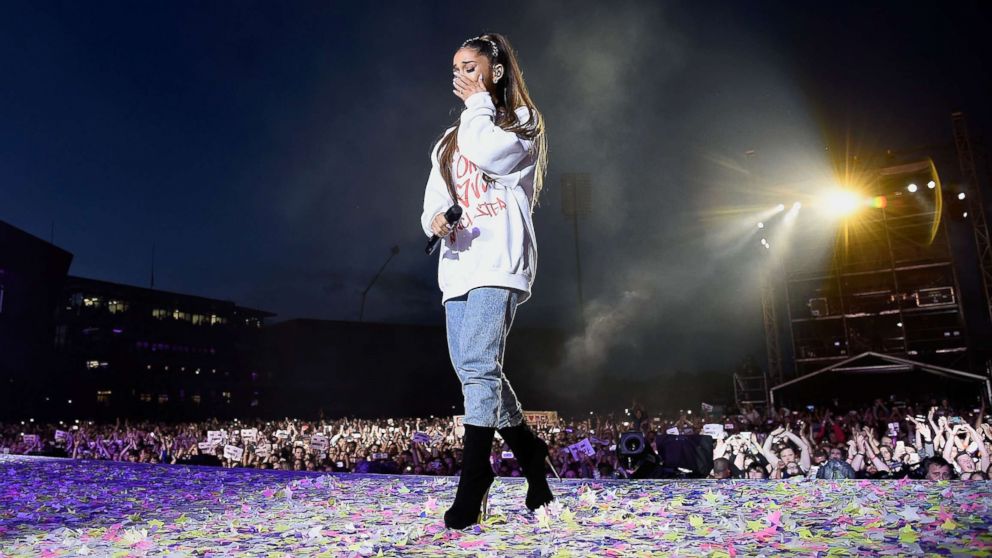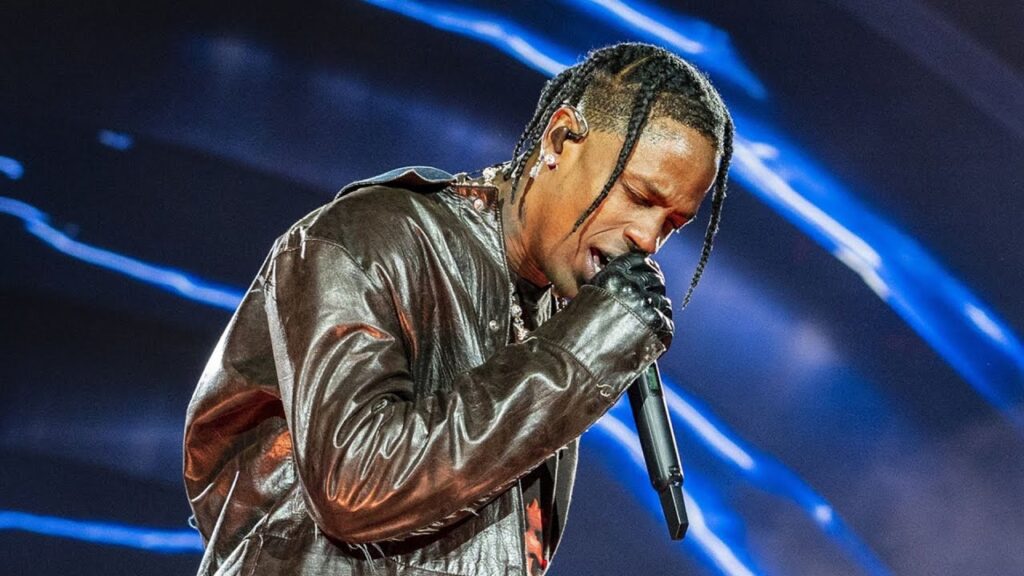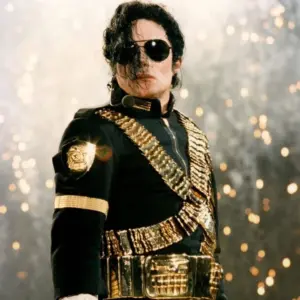Date: July 30, 2025
Byline: Investigative Desk
I. THE PR MACHINE IN THE WAKE OF TRAGEDY
When tragedy strikes the entertainment world, the public sees grief, memorial concerts, and celebrity resilience. What they don’t see is the sophisticated public relations blueprint that immediately follows—designed not for healing, but for narrative control and commercial rebound. At the center of this blueprint, investigators say, are powerful industry figures like Guy Oseary, manager to megastars and longtime executive powerbroker at Universal Music Group (UMG).

Court filings and whistleblower accounts now allege that Oseary and UMG function as architects of trauma recovery campaigns, leveraging the shock of mass events to reshape public perception, shield liability, and repackage artists into global icons of unity.
II. CASE STUDY: MANCHESTER AND ARIANA GRANDE
The 2017 Manchester Arena bombing—at a Live Nation–operated venue—was followed by one of the most carefully orchestrated PR campaigns in modern entertainment. Ariana Grande, managed in part by Guy Oseary’s network, was transformed from shaken pop star into a symbol of healing.

The “One Love Manchester” benefit concert, beamed worldwide by iHeartMedia/Clear Channel, raised millions and catapulted Grande into a new stratosphere of fame. Insiders allege this was no spontaneous recovery but rather the execution of a predesigned trauma-to-redemption arc scripted by PR handlers, crisis consultants, and corporate stakeholders.

III. HOW THE BLUEPRINT WORKS
According to investigators, the industry’s post-trauma PR model follows a repeatable cycle:
1. Immediate Silence – The artist disappears, communications are locked down.
2. Curated Vulnerability – Carefully staged moments of grief are released to media outlets.
3. Redemption Concert/Event – A televised spectacle reframes the tragedy as unity, resilience, and hope.
4. Commercial Rebound – Streaming, ticket sales, and sponsorships surge as the public rallies around the rebranded figure.
At every stage, PR handlers, legal teams, and event promoters work in tandem. Oseary’s position at the intersection of artist management and corporate labels makes him a pivotal operator in this process.
IV. TRAUMA AS BRANDING
The blueprint is not confined to Manchester. Similar tactics surfaced after the Astroworld tragedy (Travis Scott), and even in the aftermath of the Route 91 Harvest Festival shooting in Las Vegas. In each case, Live Nation controlled the venue, iHeartMedia controlled the narrative, and affiliated PR handlers spun trauma into brand opportunity.

Critics say this amounts to a commodification of grief, where public tragedy becomes a stage for corporate messaging. As one whistleblower put it: “They don’t just manage the music—they manage the mourning.”
V. CALLS FOR ACCOUNTABILITY
With multiple lawsuits still pending around Astroworld, Route 91, and Manchester, legal experts warn that the entertainment industry’s trauma PR playbook may come under greater scrutiny. At issue is not only negligence in preventing tragedies, but the systematic monetization of their aftermath.

As congressional staffers in both the U.S. and U.K. review industry documents, one looming question remains: When public grief is turned into private profit, where does tragedy end and theater begin?






















